If you’re looking for a low-maintenance, stylish houseplant, the ZZ plant is a great option. This tough plant can tolerate neglect and low light levels, making it ideal for busy homeowners or beginner gardeners. The ZZ plant is a famous houseplant due to its low-maintenance requirements and ability to tolerate neglect. The ZZ plant has long, glossy, green leaves arranged in pairs on thick stems. The leaves are oval-shaped with pointed tips and have prominent midribs.

How to grow and care for ZZ plants indoors
Types of ZZ plants
- Raven – It has thick, dark green leaves arranged in a rosette shape. The Raven produces small white flowers that bloom in the summer months.
- Variegata – The most common variety of variegata has green and white leaves, but there are also varieties with yellow and green or green and purple leaves. Variegata plants are usually smaller than other ZZ plants. It’s one of the most popular ZZ plants because it’s so easy to care for.
- Zamicro – Its small, round leaves characterize the Zamicro. The Zamicro does not require much care and can tolerate neglect. This plant is also known for purifying the air, making it an ideal choice for homes and offices.
- Lucky Classic – The Lucky Classic is one of the most popular ZZ plants. It is a compact plant that has glossy, dark green leaves.
In case you missed it: How to Grow and Care for Honeysuckle: A Beginners Guide
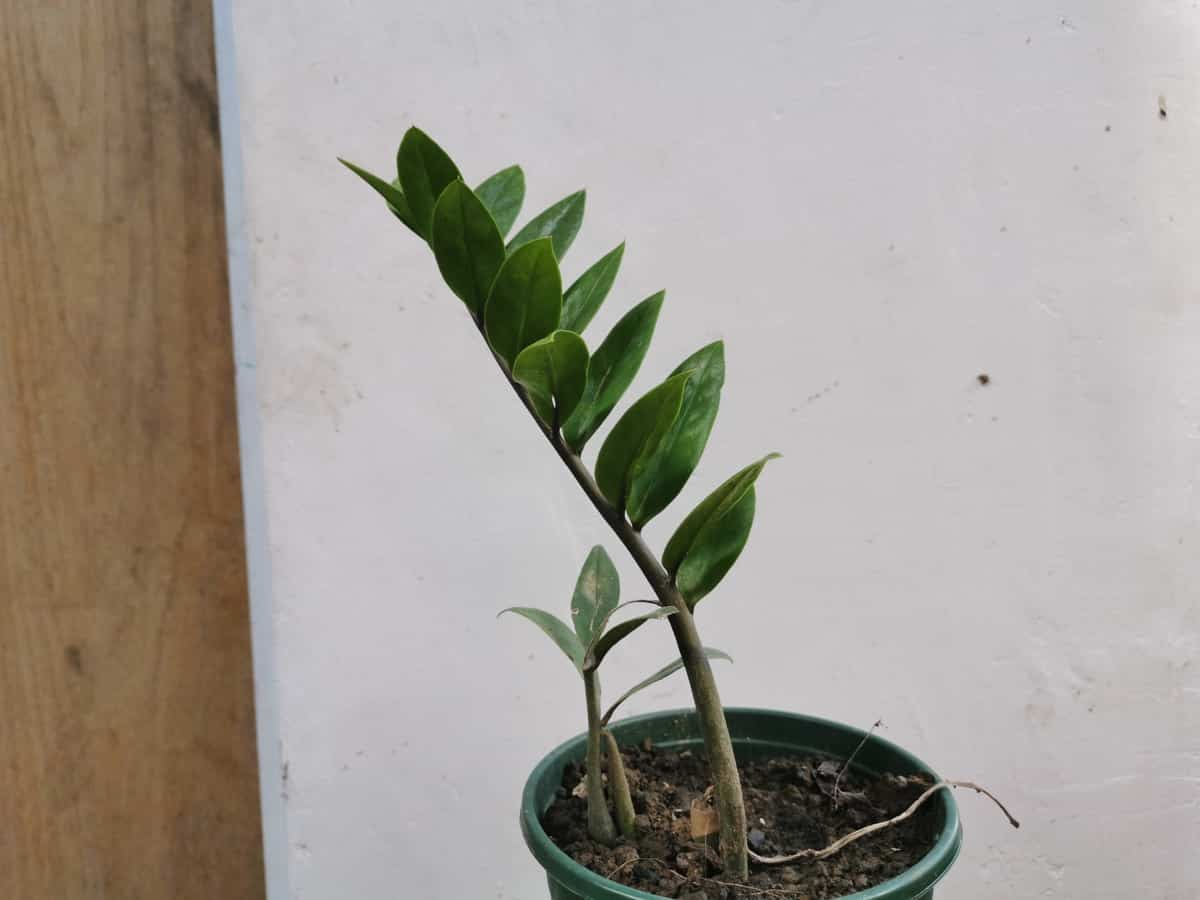
Climate suitable for growing ZZ plant
- When it comes to growing ZZ plants indoors, the most important factor to consider is the climate. If you live in an area with cool winters and hot summers, you can grow ZZ plants outdoors in a sheltered spot. But if you’re growing them indoors, you’ll need to provide a warm, humidity-rich environment.
- There are two ways to create a climate suitable for growing ZZ plants indoors. One option is to use a humidifier to increase the air moisture around your plant. Another way to create a warm, humid environment for your ZZ plant is to grow it in an enclosed terrarium or bottle garden. This will help protect your plant from drafts and temperature fluctuations. If you choose this method, ensure plenty of ventilation by regularly opening the lid of your terrarium or bottle garden. Whatever method you choose, ensure the temperature around your ZZ plant stays above 15°C. Also, keep an eye on the humidity levels, as too much or too little moisture can stress your plant and cause leaves to drop off.
- The ZZ plant is tough and versatile and can tolerate many climates. It can also thrive in cooler climates as long as it receives enough sunlight. When choosing a location for your ZZ plant, ensure it has access to bright light. You can grow your ZZ plant indoors in colder climates near a south-facing window.
Soil requirement for growing ZZ plant
When it comes to soil, the ZZ plant is not particularly picky. Any potting mix will do, as long as it is well-draining. If you are unsure what potting mix to use, you can always choose a commercial cactus or succulent mix. These mixes are specifically designed for plants that require extra drainage.
In case you missed it: How to Grow and Care for Living Stones/Lithops
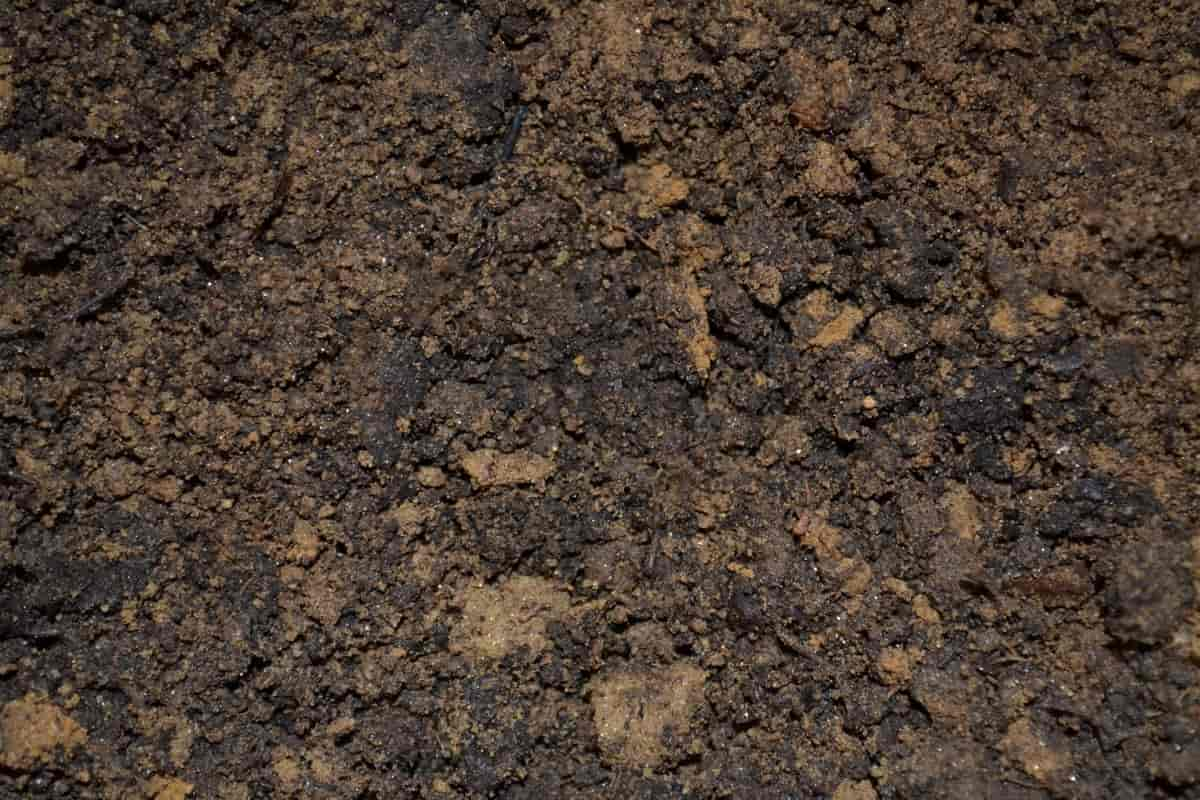
The ZZ plant is a tough and resilient plant that can grow in various soil conditions. However, it prefers well-drained, loose, and sandy soils. The ZZ plant also likes slightly acidic soils with a pH between 6.0 and 7.0. Once you have your potting mix, water it thoroughly before planting your ZZ plant. This will help pre-moisten the soil and keep your plant’s roots from drying.
Water requirement for growing ZZ plant
ZZ plant is a succulent that does not require much water. Too much water can be detrimental to the plant. ZZ plants should be allowed to dry out completely between watering. Watering should be done every 2-3 weeks, depending on the conditions. If the plant is in a pot with good drainage, it may only need to be watered every three weeks.
Giving your plant enough water is important, so the soil is moist but not soggy. It’s also important to note that different pot sizes affect how often you water your plant. A small pot will dry out quicker than a large one, so you must water it more frequently. Conversely, a large pot will hold more moisture, and you may only need to water it every week or two.
In case you missed it: Home Gardening Tools, and Their Uses
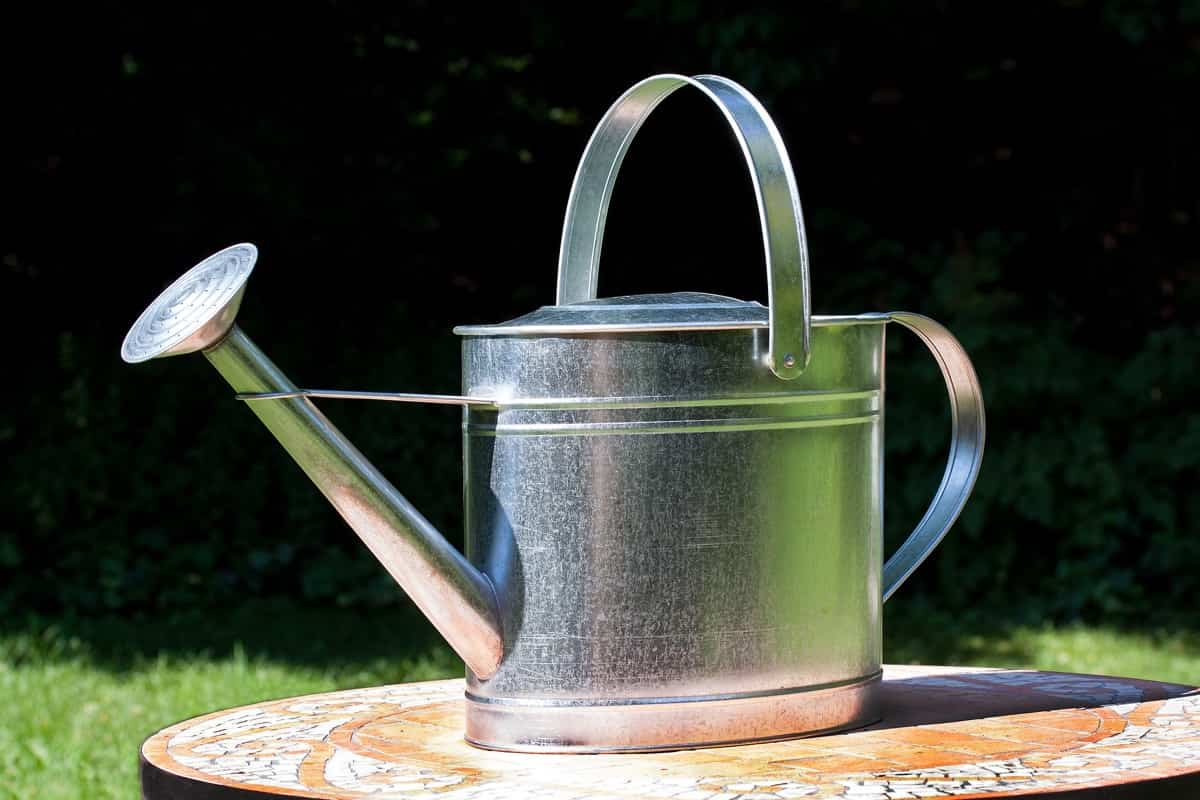
Pot size required for growing ZZ plant
The most important factor is drainage when choosing a pot for your ZZ plant. The plant will not do well in a pot that doesn’t have proper drainage holes. Beyond that, you can choose any size or type of pot you like. You’ll need a small pot if you’re growing your ZZ plant from a cutting. A 4-inch pot is typically sufficient. Once the plant has established itself, you can transfer it to a larger pot if desired.
ZZ plant propagation
- From stem cuttings – To propagate a ZZ plant from stem cuttings, first fill a pot with well-draining soil. Next, take some stem cuttings from a healthy ZZ plant and remove the bottom leaves. Dip in the rooting hormone, and insert it into the soil. Water regularly and keep the soil moist but not soggy. In 2 to 3 weeks, you should see new growth.
- From leaf cuttings – ZZ plant propagation is easy and can be done from leaf cuttings. First, take a healthy leaf from the plant, place it on moistened soil, and press it lightly into the soil. Keep the soil moist, and new plants will grow from the leaf cuttings in a few weeks.
- From division – When propagating ZZ plants from division, it’s important to use a sharp knife or clean shears to avoid damaging the plant. Make sure to sterilize your cutting tool before propagating to avoid introducing diseases. To divide your plant, start by finding the growth point on the stem. Then, using your cutting tool, make a clean cut above the node, including at least one leaf. Next, pot up your divisions in a well-draining potting mix. Water thoroughly and place in a sunny location. Let the soil dry between waterings, and soon you’ll see new growth in your divisions.
ZZ plant care
Fertilizer requirement for growing ZZ plant
The ZZ plant does not require much fertilizer; too much can harm the plant. It is best to fertilize the ZZ plant every few months with a weak solution of all-purpose fertilizer. To ensure your ZZ plant gets the nutrients it needs to grow, you should fertilize it regularly. The best fertilizer for a ZZ plant is high in phosphorus and low in nitrogen. Phosphorus helps encourage root growth, while nitrogen helps promote leaf growth.
In case you missed it: How to Improve Your Clay Soil Organically: By Compost, Mulch, and Cover Crop
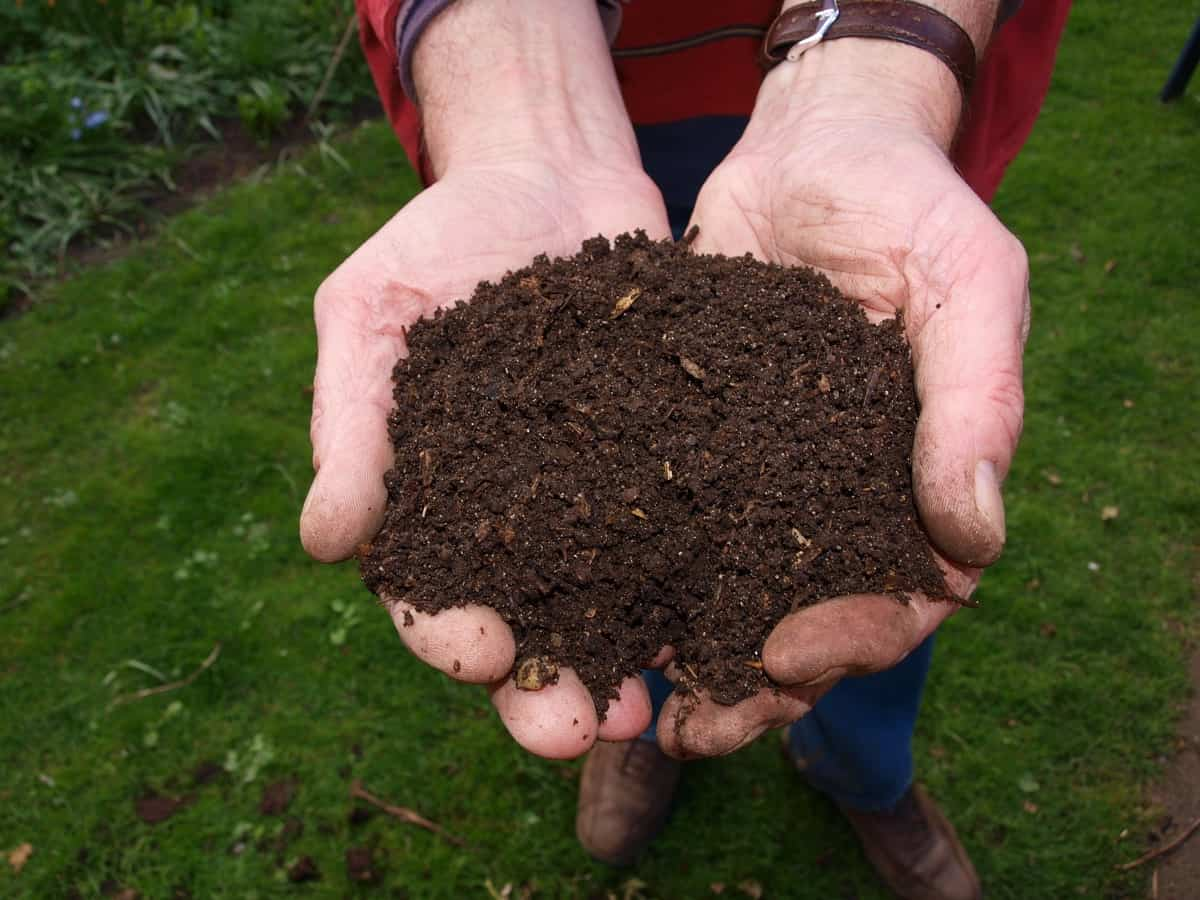
Pruning ZZ plant
Pruning a ZZ plant is easy and only requires a few simple steps. First, remove any dead or dying leaves from the plant. Next, trim back any long or leggy stems. Finally, cut away any damaged or diseased leaves or stems. Pruning your ZZ plant will help keep it healthy and looking its best.
Regular pruning will also encourage new growth, so your plant will continue to thrive indoors. Pruning for the ZZ plant is a simple process that can be done with just a few household tools. First, identify the leaves that are yellowing or browning and cut them off at the base. Next, trim any dead or dying leaves from the plant. Finally, cut back any long stems to keep the plant compact and tidy.
Repotting ZZ plant
When your ZZ plant becomes pot-bound, it’s time to repot. Repotting is a simple process and only takes a few minutes. First, choose a new pot about 2-3 inches wider than the current pot. Fill the pot with fresh potting mix and carefully remove your ZZ plant from its current pot. Gently loosen the roots and shake off any excess dirt. Next, place the ZZ plant in the new pot and fill it around the roots with fresh potting mix.
ZZ plant care in winter
When the temperatures drop, many plants go dormant and stop growing. But if you have a ZZ plant, you can keep it growing all winter. If you live in freezing temperatures, bringing your ZZ plant indoors for the winter is best. Please place it in a bright spot near a south-facing window. During winter, your ZZ plant will need less water than usual. Like watering, you’ll need to fertilize your ZZ plant less often in winter. Once every month or two should be sufficient.
Pests and diseases of ZZ plant and their control
- The most common pests of ZZ plants are mealybugs, spider mites, and scale insects. Mealybugs are small, oval-shaped insects that suck the sap from plants. They can be white, yellow, or brown and are often found in clusters on the stems and leaves of plants. Spider mites are tiny spider-like creatures that also suck the sap from plants. Scale insects are small, hard-bodied insects that attach themselves to the leaves and stems of plants. They feed on the sap of the plant and can cause discoloration and damage to the leaves.
- You can do a few things to control pests on your ZZ plant. First, make sure to inspect your plant for signs of pests regularly. If you see any, carefully remove them with a cotton swab dipped in rubbing alcohol. You can also try spraying your plant with an all-natural insecticidal soap or horticultural oil to help control pests. You should follow the instructions on the label carefully so you don’t damage your plant. Finally, keep your ZZ plant well-watered and fertilized to help it stay healthy and strong enough to resist pests.
- Diseases of the ZZ plant include root and stem rot, leaf spot, and powdery mildew. Control of these diseases begins with proper care of the plant. First, water the plant only when the soil is dry. Then, allow the plant to dry between waterings to prevent root and stem rot. Next, fertilize monthly during the growing season with a balanced fertilizer.
In case you missed it:How to Control Pests and Diseases in Chilli Crop: Causes, Symptoms, Chemical, and Biological Management
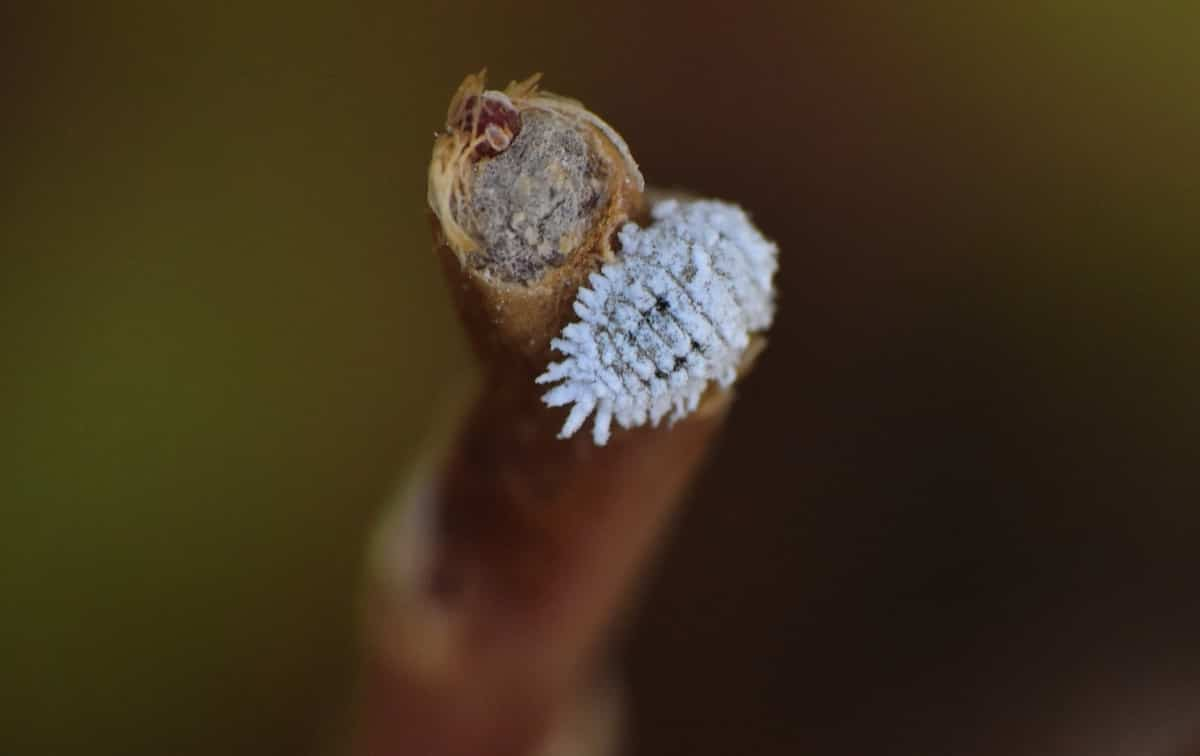
Conclusion
The ZZ plant is an easy-to-care-for houseplant that has a lot to offer. It is a low-maintenance plant that does not need a lot of water or light, making it ideal for those who do not have a green thumb. The ZZ plant purifies the air, so it is the best choice for those who want to improve the air quality in their home. Additionally, the ZZ plant is very resilient, so even if you neglect it for a while, it will likely still survive. With proper care, your ZZ plant will grow healthy and strong.
- How to Grow Hibiscus from Flower
- Plantation Ideas for Home Decoration: A Beginners Guide
- Flower Garden Designs and Layouts for Beginners
- Planting and Spacing Techniques in Papaya: A Beginner’s Guide
- Growing Gold: Essential Techniques for Planting Pineapples
- How to Make Kalanchoe Plant Bushy: Home Remedies and Solutions
- 11 Reasons Why Your Gardenia is Not Blooming: Home Remedies and Solutions
- Eco Elegance: The Guide to Designing a Drought-Tolerant Landscape
- Gardening on a Slope: Strategies for Hillside Landscaping
- Nourish and Flourish: Top Organic Mulches for Thriving House Plants
- Everything You Want to Know about Indian Mogra Flower: Discover Uses and Growing
- Green Thumb Success: Expert Tips for Cultivating Greenhouse Pumpkins All Year Round
- Maximize Growth & Flavor: The Ultimate Guide to Companion Planting in Herb Gardens
- How to Control Rhododendron Problems Naturally: Home Remedies and Organic Ways to Fix Them
- Natural Magic: The Remarkable Benefits of Cinnamon for Plants
- Best Steps to Revive Dying Tulip with Natural and Organic Treatment
- 10 Reasons Why Your Angel Trumpet is Not Blooming: Remedies and Treatment
- How to Fix Periwinkle Leaf and Flower-Related Problems: Natural Remedies and Solutions
- How to Fix Zinnias Leaf and Flower Problems: Discover Natural and Home Remedies
- Organic Steps to Induce Lemon Tree Flowers: A Comprehensive Guide
- Bloom Booster: Crafting the Perfect Homemade Bougainvillea Fertilizer
- Optimizing Growth: A Guide to Applying NPK Fertilizer for Potted Plants
- 10 Best Homemade Fertilizers for Rubber Plant: DIY Recipes and Application Method
- How to Boost Female Pumpkin Flowers: Effective Steps for More Flowers and High Yields
- Transform Your Indoor Garden: Top Benefits of Pink Salt for Houseplants
- 10 Best Homemade Fertilizers for Peacock Plants (Calathea): Easy DIY Guide
- Unlock Blooms: 9 Reasons Why Your Potted Chrysanthemum is Not Blooming
- 8 Reasons Why Your Potted Hibiscus is Not Blooming: Fix it with Simple Solutions
- Unlock Blooms: 9 Key Reasons Your Potted Frangipani Won’t Flower
- 10 Reasons Why Is My Ice Plant Not Blooming: Remedies and Treatment
- 10 Reasons Why My Potted Hydrangea Not Blooming: Treatment and Remedies
- 10 Reasons Why is My Wisteria Not Blooming: Remedies and Treatment
- 10 Reasons Why is My Goldfish Plant Not Blooming: Remedies and Treatment
- Maximize Your Space: Ultimate Guide to Balcony Gardening with Grow Bags
- 10 Reasons Why Your Iris is Not Blooming: Remedies and Treatment
- 10 Reasons Why Your Anthurium Plant is Not Blooming: Treatment and Remedies